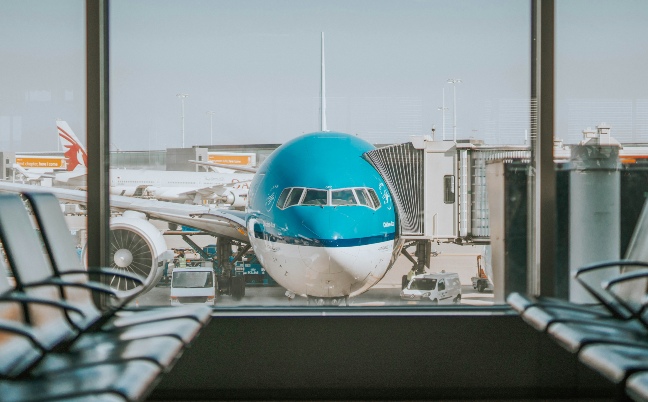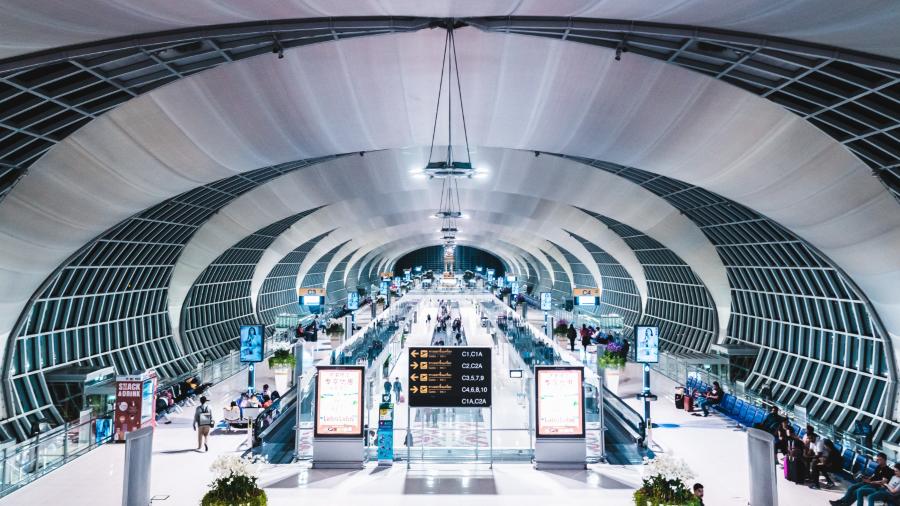The rise of smart airports in Southeast Asia presents significant opportunities for enhancing sustainability and operational efficiency. As the aviation industry continues to expand, integrating renewable energy solutions and advanced infrastructure becomes critical in addressing environmental challenges and improving airport performance.
Sustainable Solutions in Smart Airports
Smart airports in SEA are increasingly adopting sustainable solutions to reduce their carbon footprint and enhance operational efficiency. These solutions include integrating renewable energy sources such as solar, wind, and geothermal power into airports. Solar energy is a popular choice due to its low installation cost and the ability to utilize existing airport spaces like rooftops and parking lots. This consistent energy supply can power various airport functions, including lighting, air conditioning, and baggage handling systems.
Geothermal energy is another renewable resource gaining traction in smart airports. By harnessing the natural heat from the earth, it can generate electricity and heat or cool airport buildings. This not only reduces reliance on fossil fuels but also enhances airports' energy resilience.
Countries in the region continuously investing in various renewable energy projects to diversify their energy sources and reduce greenhouse gas emissions. For example, in 2021, renewable energy sources, including hydropower, solar, and wind, contributed to approximately 26% of the total energy generation in SEA. This is a significant increase from previous years, reflecting the region's commitment to sustainable energy development. Countries like Vietnam and the Philippines lead the way with large-scale solar and wind projects, while Indonesia and Malaysia focus on expanding their geothermal and biomass energy capacities.
Opportunities and Challenges in Renewable Energy Solutions
Adopting renewable energy solutions in smart airports presents a valuable opportunity for Southeast Asia to enhance its airport infrastructure sustainably. Firstly, it aligns with the global push towards sustainability, helping airports to meet regulatory requirements and achieve environmental certifications. Additionally, renewable energy solutions can lead to significant cost savings in the long run by reducing energy bills and maintenance costs. The competitive advantage gained from being a green airport can also attract environmentally conscious airlines and passengers.
However, there are challenges associated with integrating renewable energy solutions in airports. One of the primary challenges is the high initial investment required to install renewable energy in the airport infrastructure. This can be a significant barrier, especially for smaller airports with limited budgets. Additionally, the intermittent nature of some renewable energy sources, such as solar and wind, necessitates implementing reliable energy storage systems to ensure a consistent power supply.
Another challenge is the need for specialized knowledge and expertise to design, install, and maintain renewable energy systems. Public-private partnerships can play a crucial role in overcoming these challenges by leveraging private sector partners' resources and expertise while sharing the investment's risks and rewards.
While there are challenges to overcome, the benefits of reduced operational costs, environmental sustainability, and improved competitiveness make renewable energy an attractive option for smart airports. With continued investment and collaboration between public and private sectors, Southeast Asia can lead the way in developing green and efficient airport infrastructure, contributing to a more sustainable future for the aviation industry.
To gain similar insight into relevant industries across Southeast Asia, subscribe to our newsletter here and check out our latest reports below:







